MoD to buy high-flying solar planes
- Published
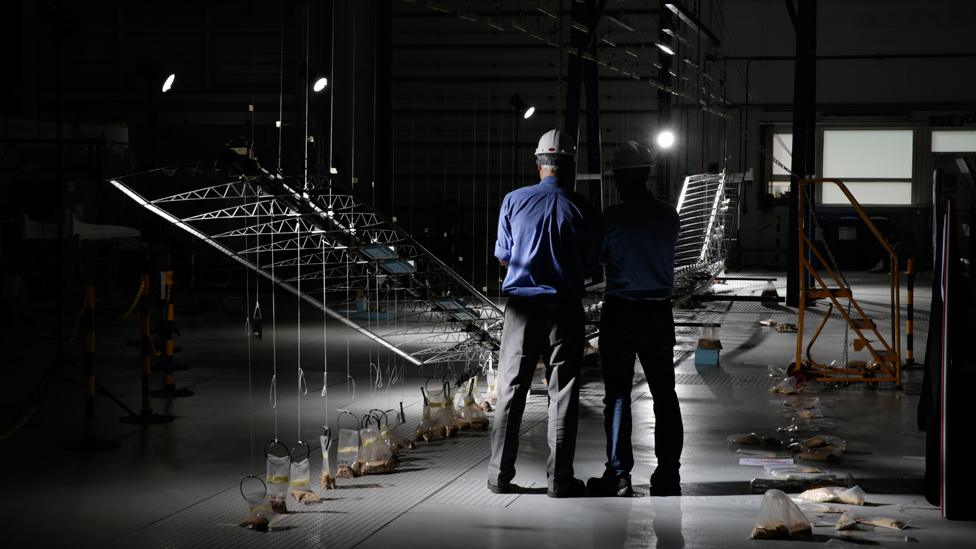
The Zephyr-8, the latest iteration, under construction in Farnborough
The UK Ministry of Defence is going to acquire some high-altitude "eternal planes".
The unmanned, solar-powered aircraft, known as Zephyrs, fly above the jet streams and will stay aloft for months on end.
Designed and built in Britain, the vehicles will carry small payloads that might consist of reconnaissance cameras or communications equipment.
The MoD is likely to buy two Zephyrs in the first instance.
Michael Fallon, the secretary of state for defence, signalled the intention to purchase the vehicles during a speech to the ADS Group, an umbrella organisation representing the aerospace, defence, security and space sectors.
Originally developed by QinetiQ of Farnborough, the plane technology is now owned and marketed by the Airbus Group.
The Zephyrs hold the absolute endurance record for un-refuelled aeroplanes.
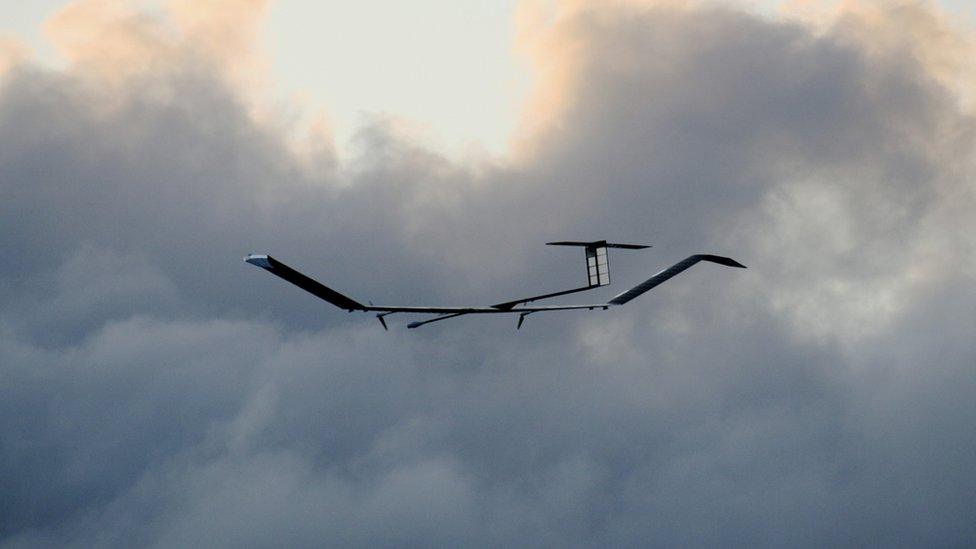
The Zephyr-7 set a world endurance record of 336 hours, 22 minutes and eight seconds
In 2010, a Zephyr-7 flew uninterrupted for 14 days in an MoD demonstration in the US.
Very efficient solar cells combined with energy-dense lithium-sulphur batteries kept its propellers continually turning, maintaining an altitude well above any disruptive weather.
The British plane only came back down because the development team had to pack up and return to the UK.
The latest model, Zephyr-8, represents a substantial improvement in the overall design.
It has a 25m wingspan versus the Zephyr-7's 22.5m, yet the structure is considerably lighter.
This allows it to carry more batteries (40% of the Zephyr-8's roughly 60kg mass is dedicated to energy storage) and more payload - up to 5kg.
Five kilograms might not sound like a lot, but it is more than sufficient to operate a powerful camera system.
In test flights above 65,000ft, high-definition video with a ground resolution of 50cm has been downlinked in real-time.
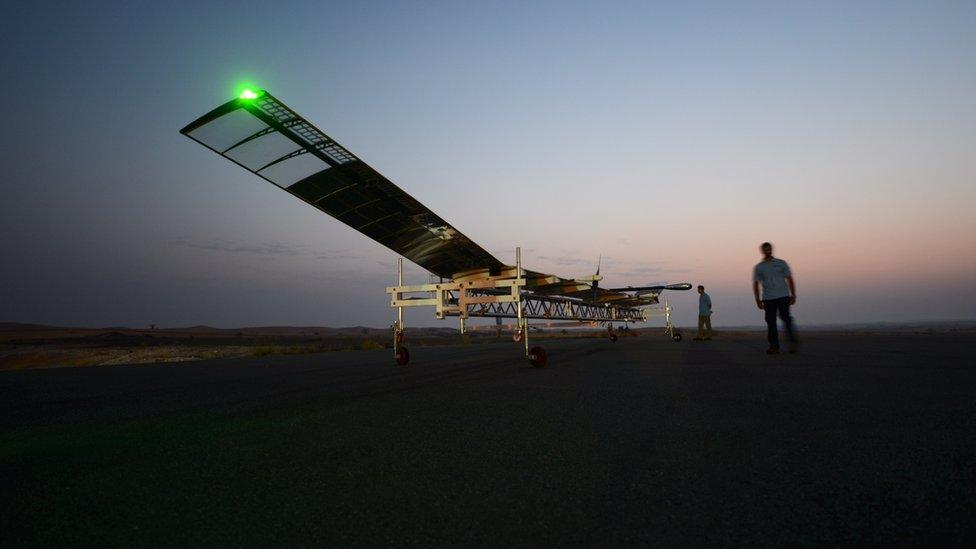
Airbus refers to planes like the Zephyr as a High Altitude Pseudo Satellite
Airbus refers to planes like the Zephyr as a High Altitude Pseudo Satellite (Haps).
Their unique selling point is persistence.
Unlike low-orbiting spacecraft that typically come overhead only once every 90 minutes, a Haps can maintain a constant vigil above a particular spot for months at a time.
Defence applications would certainly include remote sensing, but the craft could also be used for mobile communications.
Zephyr demonstrations have shown that up to about 40 degrees North and South, they can operate at any time of the year. Deep winter operation gets more difficult at higher latitudes, but in principle a Zephyr could work above the poles mid-summer.
Airbus is hoping the vote of confidence from the British MoD will lead to more sales, not just in the military sector but in the civil sphere as well - in environmental monitoring, for example.
The likes of Google and Facebook have also recognised the potential of high-altitude, solar-powered planes, to deliver broadband to locations that lack fixed-line connections. This would probably require even bigger aircraft because high-bandwidth systems are power-hungry and more massive as a consequence.
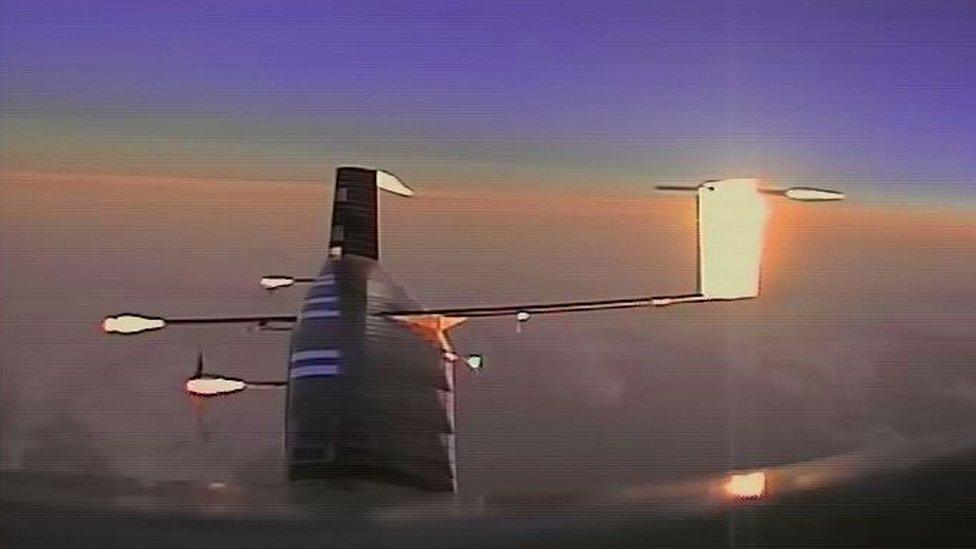
These vehicles fly above 65,000ft, above the high-speed jet streams
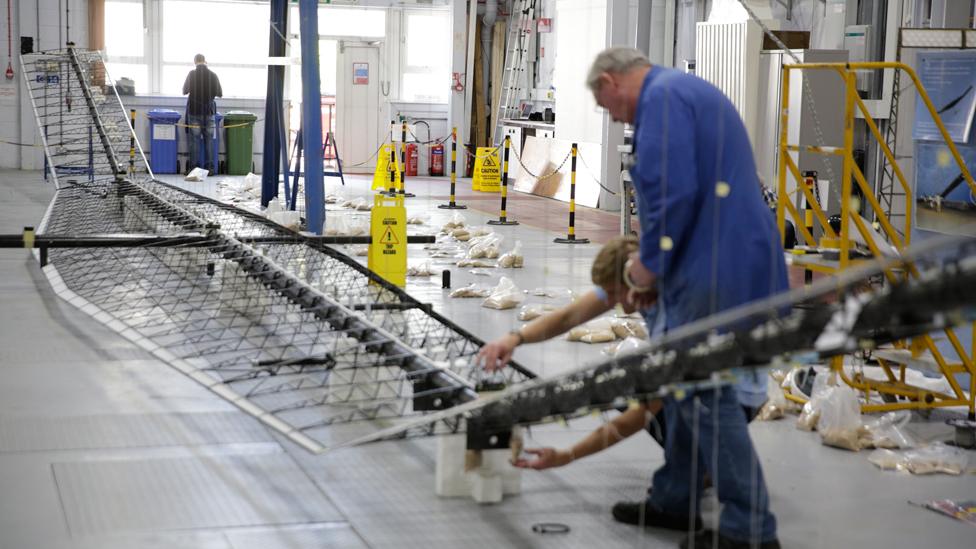
The MoD will purchase two Zephyrs in the first instance
Jonathan.Amos-INTERNET@bbc.co.uk, external and follow me on Twitter: @BBCAmos, external
- Published23 July 2010
- Published24 December 2010